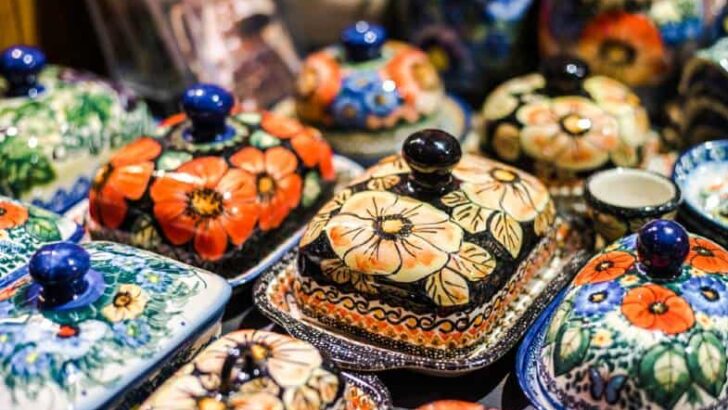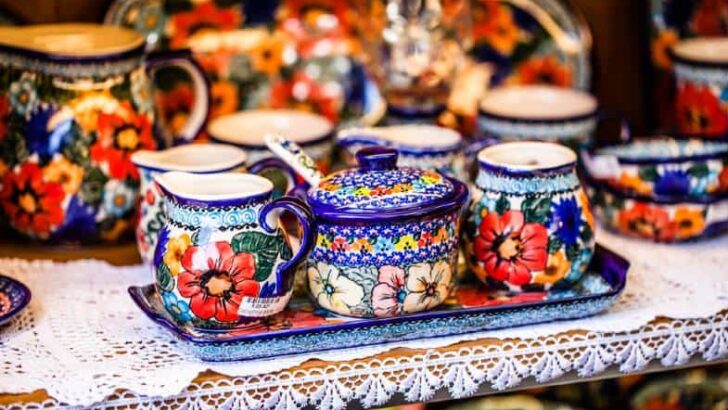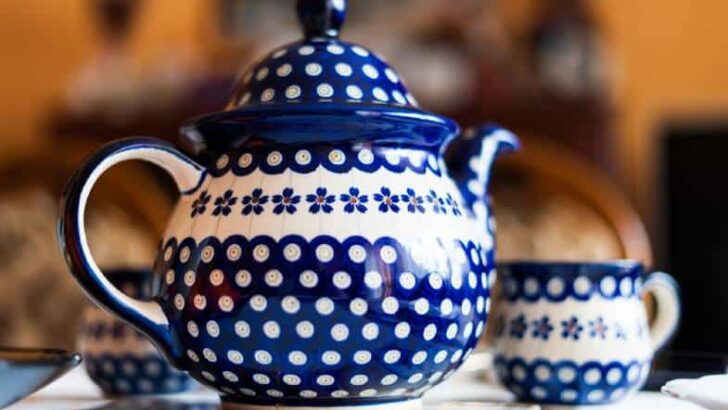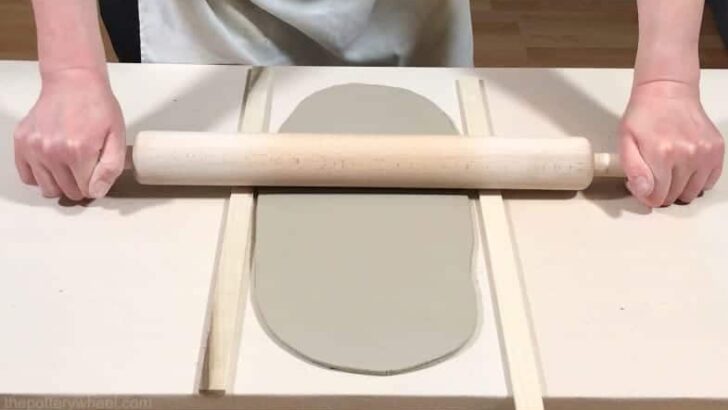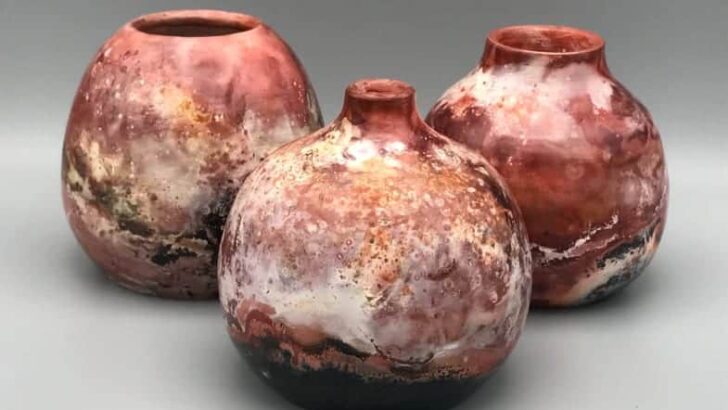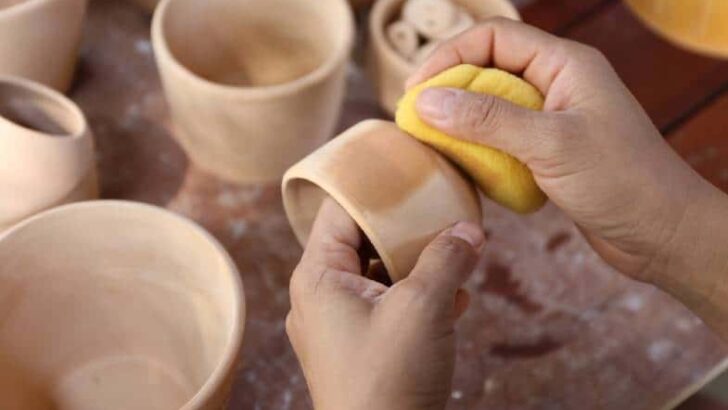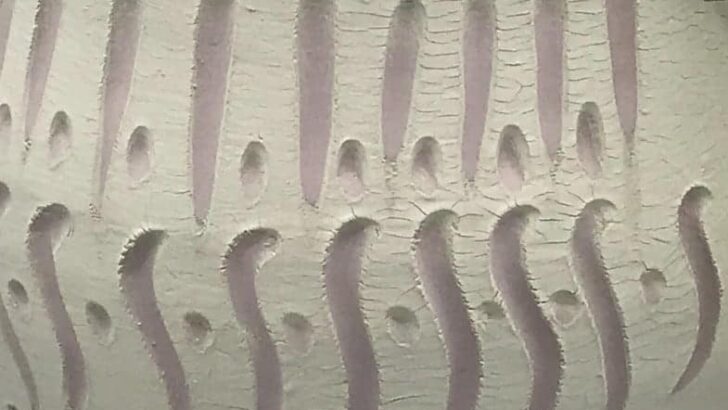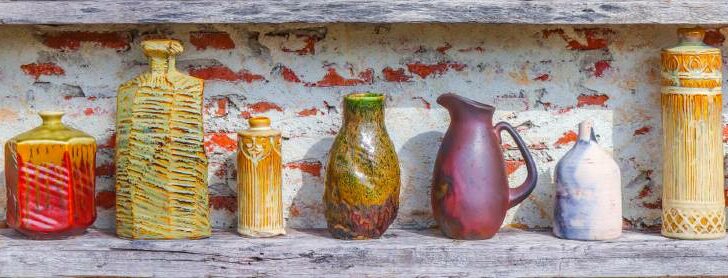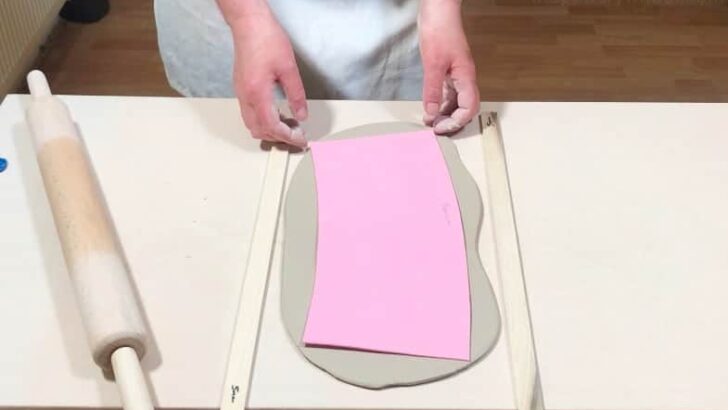
How to Make Slab Pottery Mug Templates – 6 Great Designs
Whilst you can freestyle it when making slab pottery, it often works out best when you use a template. And mugs are no exception to this. So, I’ve put together this guide which covers some of the best and easiest ways to make slab pottery mug templates. I will be covering how to make templates…

